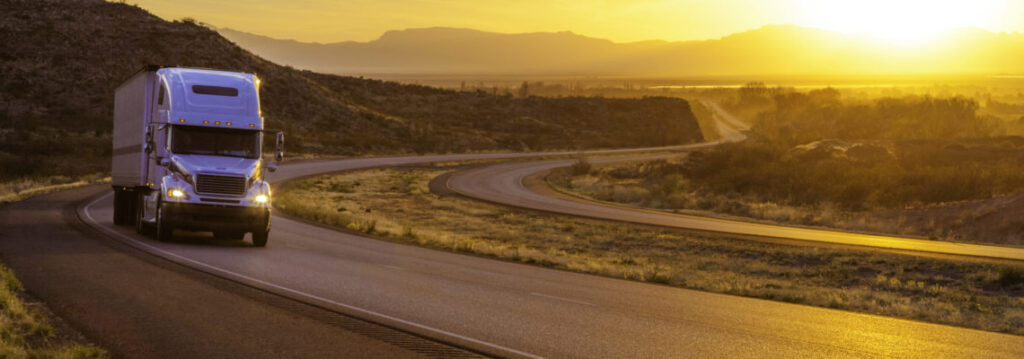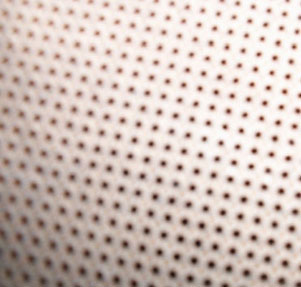
DIESEL PARTICULATE FILTERS (DPF) SOOT FILTERS





DPF Regen Treatment – How Does Regeneration Work
DPF regeneration works by introducing diesel fuel into the inlet end of a Diesel Particulate Filter and igniting it to generate heat. The goal is to raise the Exhaust Gas Temperature (EGT) high enough to ignite soot and burn it out of the filter, thus keeping the filter from clogging. Soot burns at temperatures in excess of 1000 degrees F, whereas average EGT are lower, typically 900 degrees or less depending on engine operating conditions. DPF manufacturer Mann-Hummel recommends the use of diesel treated with EcoBurn™ to reduce the ignition temperature of soot and facilitate soot burn-out. Independent laboratory testing demonstrated that EcoBurn™ lowers the ignition temperature of soot from 1090 deg. F to 820 deg. F. The practical advantage of using diesel fuel treated with EcoBurn™ is that soot burn-out happens at normal Exhaust Gas Temperatures resulting in less frequent active regeneration cycles and in many cases eliminating the need for them altogether.
Reduce Expenses From DPF Maintenance
If you are fighting with Diesel Particulate Filter (DPF) regeneration issues or simply wish to prevent them, there is a simple and cost-effective solution recommended by OEMs. The solution is EcoBurn™ , a liquid catalyst that is added to your diesel fuel which will allow your diesel engine to burn the fuel more completely. Independent tests prove soot production in the combustion chamber is reduced by 60% or more when using EcoBurn™ . Your DPF will run better and last longer without any regeneration problems.
Because the catalytic effect of this technology lowers the burn temperature of carbon (soot), your DPF will automatically regenerate as the filter was designed to do. Your DPF will clean itself “on the go” keeping your truck or bus in the field and out of the dealership for filter service. If you want to reduce expenses from DPF maintenance and fuel costs so you can keep more money in your business, you need EcoBurn™.